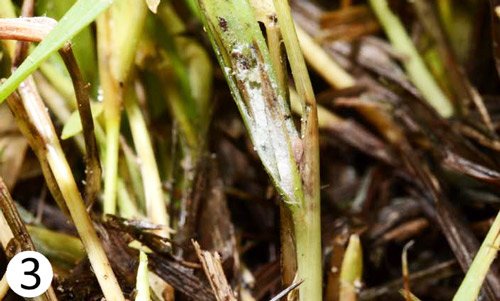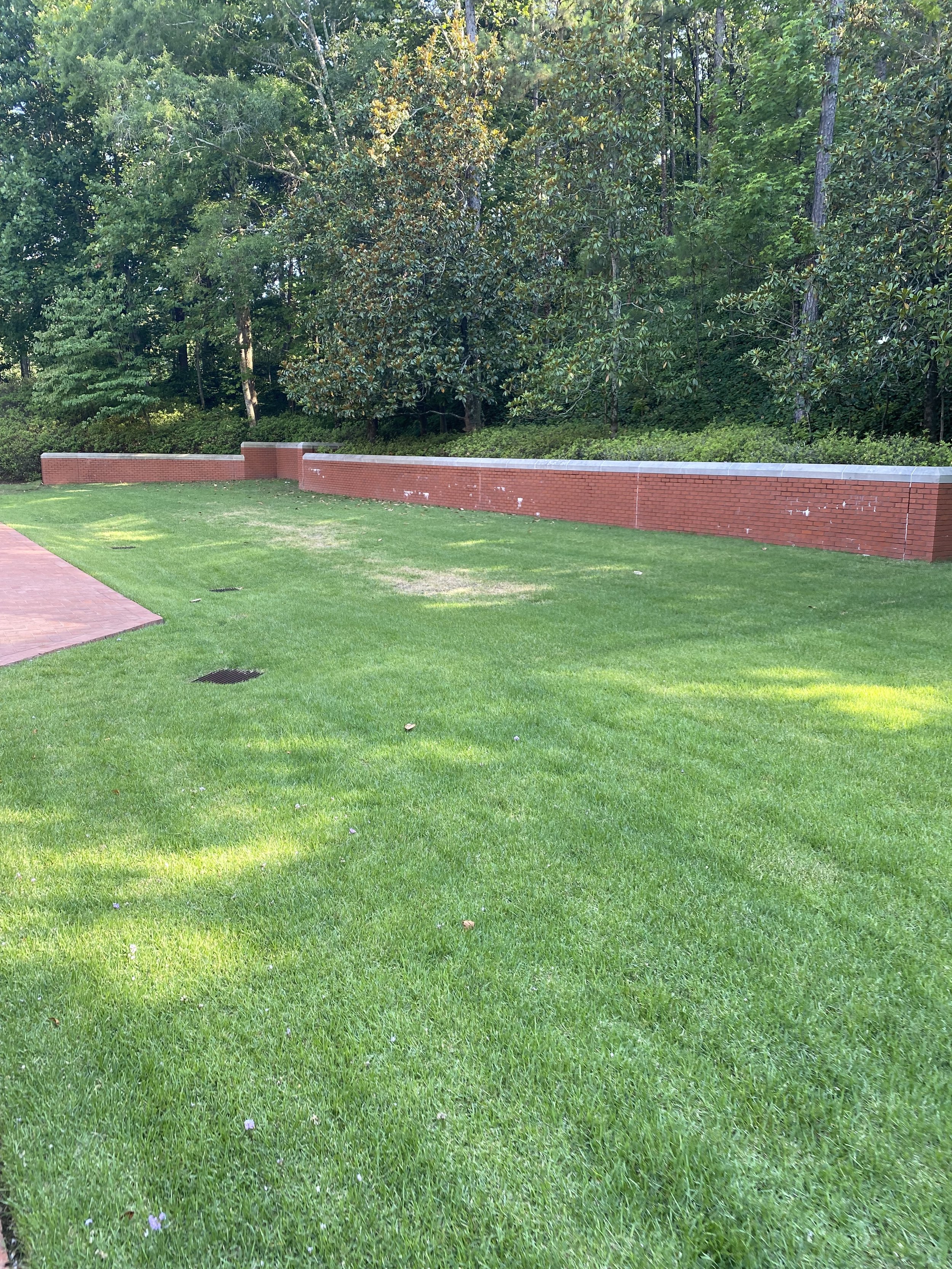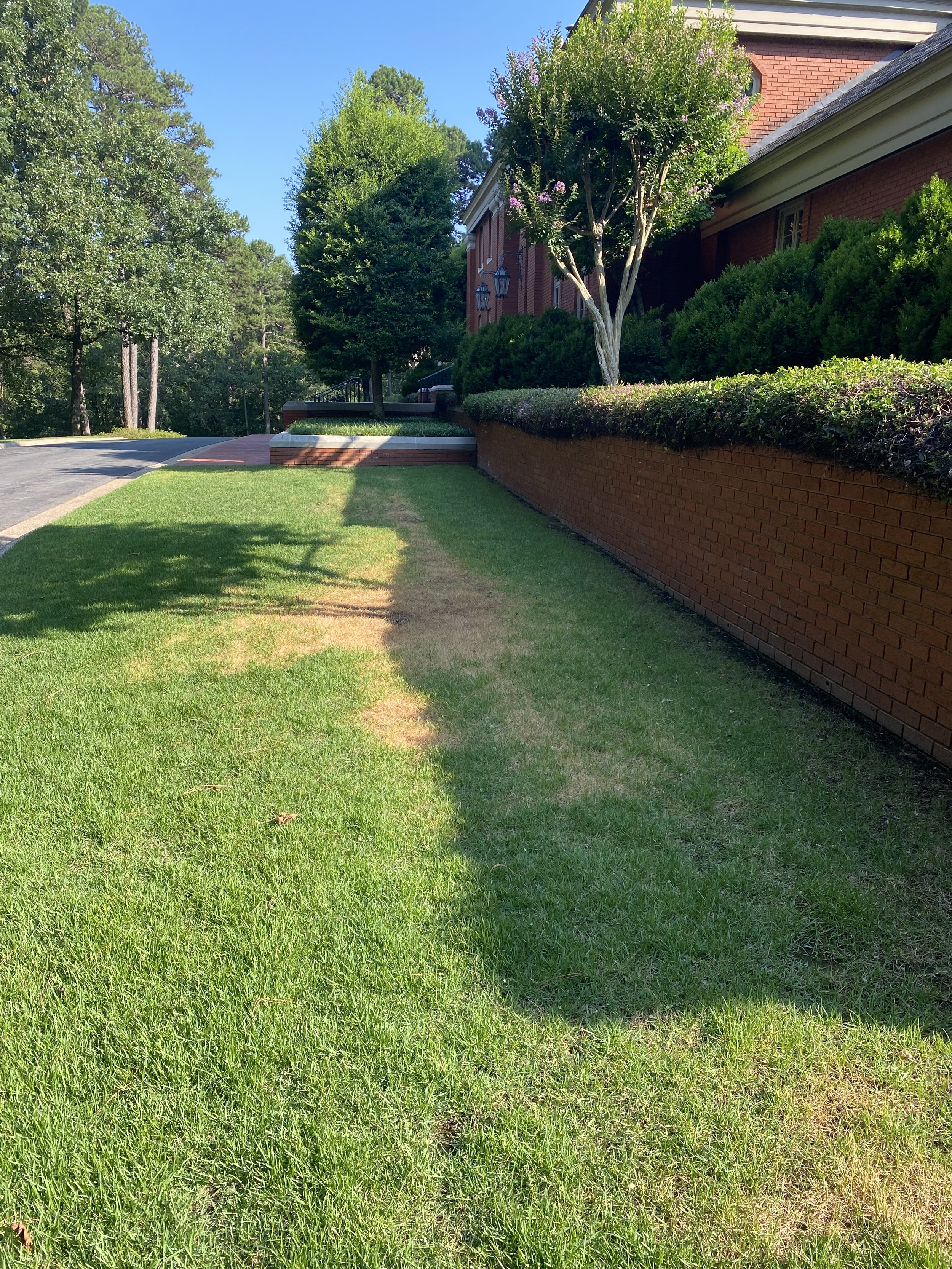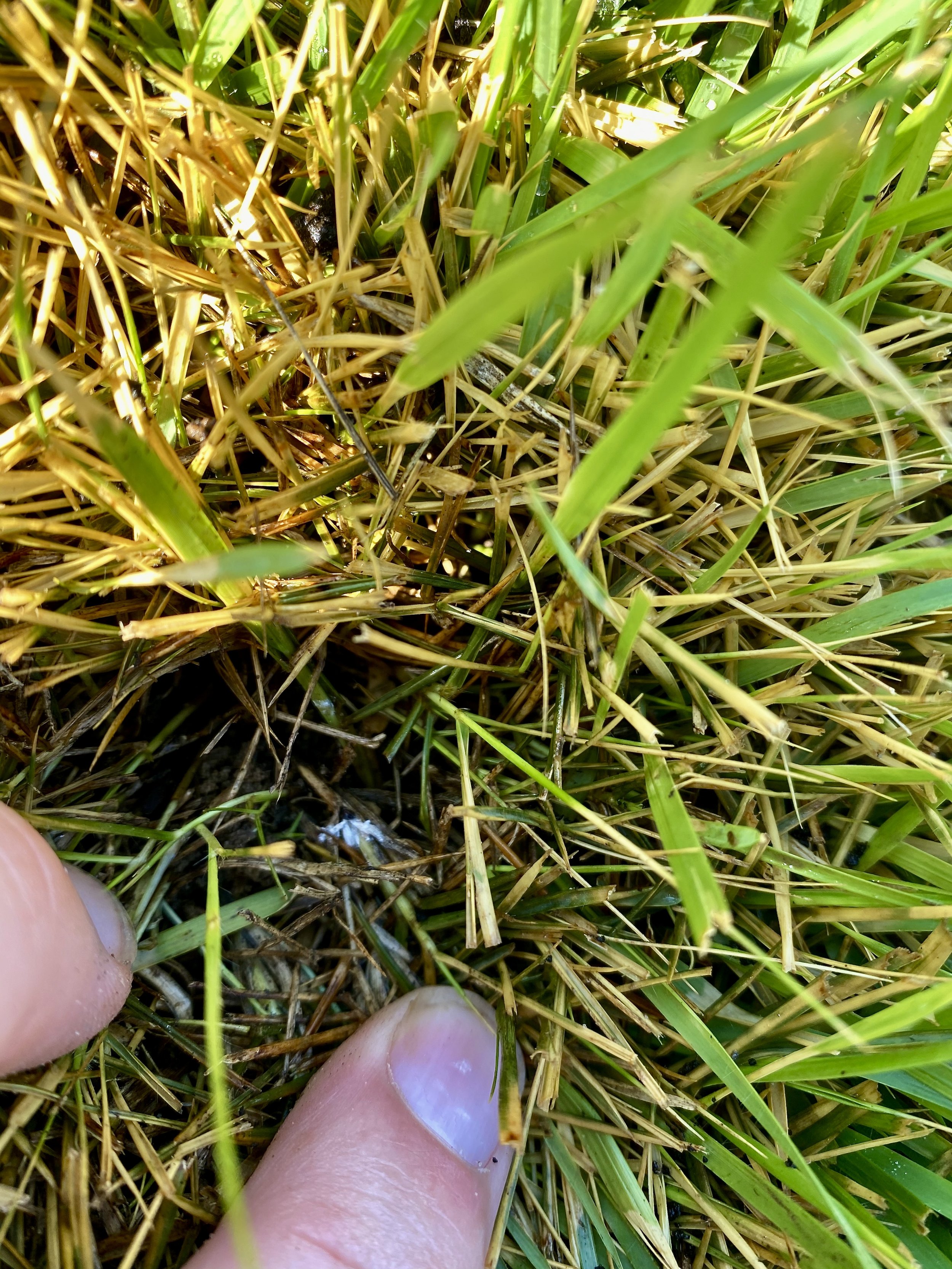Tuttle Mealybugs








Tuttle Mealybugs: How to Protect Your Zoysia Lawn
Tuttle mealybugs are a growing problem for zoysia grass in Arkansas, with outbreaks increasing since 2016. These pests are hard to control because they hide in thatch and resist common insecticides. Here’s what you need to know to manage them effectively:
Why Are Tuttle Mealybugs a Problem?
🪲 Increasing Outbreaks – More reports since 2016, possibly due to more zoysia plantings or natural spread.
🌱 Thatch Buildup – Dense thatch layers make infestations worse by shielding mealybugs from insecticides and predators.
❄️ Seasonality – Infestations peak in late summer and fall but go dormant in winter, making spring the best time for management.
⚠️ Pesticide Resistance Risk – Overuse of the same insecticides (especially neonicotinoids) could lead to resistance.
Cultural Control
✂️ Manage Thatch – Use a mechanical DeThatcher or Power Rake in spring to reduce hiding spots and improve insecticide effectiveness.
🛡️ Time Your Treatments – If an infestation is present, apply insecticide (ideally within 2 weeks of dethatching).
💧 Use Systemic Insecticides – These products move through the plant’s sap, so mealybugs ingest them while feeding. Avoid contact-kill products.
🔄 Rotate Chemicals – Alternate between different insecticide classes to prevent resistance.
Chemical Control
Tuttle mealybugs are a resilient and persistent pest, requiring a multifaceted approach to achieve effective control. Our Mealybug Control Program is designed to eradicate a significant portion—if not the entire population—of mealybugs.
Program Overview
✅ Prevention (April – June):
The program starts with two targeted systemic insecticide applications.
These treatments allow insecticides to be absorbed into the plant before new mealybug generations emerge, providing early-season protection.
✅ Adult Suppression & Reproductive Control (July – September):
The second treatment combines a systemic insecticide from a different chemical class (to prevent resistance) with an Insect Growth Regulator (IGR).
The IGR disrupts the mealybug reproductive cycle, preventing future population growth.
Are These Treatments Organic & Safe?
🚫 No viable organic treatments currently exist for mealybug control. While there is one OMRI-certified product, it is not effective enough to rely on.
⚠️ We use carefully selected chemical insecticides that are as safe and effective as possible, but this program will impact soil biology.
🌱 Mitigating Impact:
We encourage extra caution after each application.
Our organic fertility programs help restore soil health after treatment.
Will This Program Need More Than One Season?
🛑 Our goal is to eliminate the infestation in a single season. However, we cannot guarantee mealybugs won’t repopulate from untreated areas (such as neighboring lawns).
🔹 This program will significantly reduce mealybug populations, giving your lawn the best possible chance for long-term recovery.
